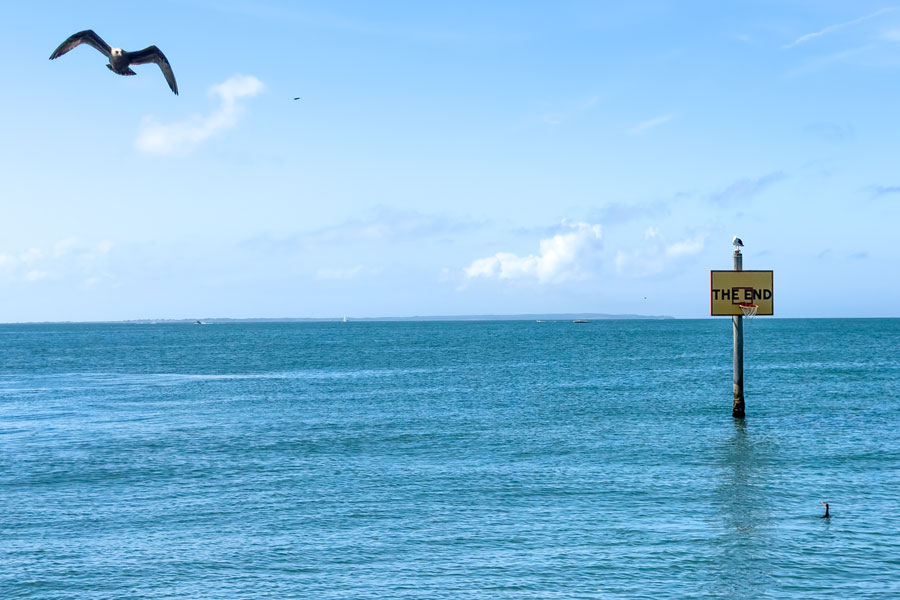Cost of Living on Long Island

What You Need to Know
Living on Long Island offers a mix of suburban charm, beautiful beaches, and proximity to New York City – but it also comes at a price. With some of the highest property taxes in the country and a generally elevated cost of living, it’s important to understand the financial reality before planting roots here.
Housing Costs
Housing is the largest expense for most Long Island residents. Whether buying or renting, expect to pay a premium compared to many other parts of the U.S.
- Home Prices: The median home price on Long Island hovers around $600,000–$700,000, depending on the town and proximity to NYC. Areas like Garden City, Manhasset, and Port Washington command much higher prices.
- Rent: Renting a one-bedroom apartment can cost $2,000–$3,500/month, while single-family homes for rent often exceed $4,000/month in desirable neighborhoods.
Property Taxes
Long Island is infamous for its high property taxes. Nassau and Suffolk counties consistently rank among the top in the nation.
- Average Property Tax Bill: Over $11,000 per year, with some areas surpassing $20,000 annually.
- School District Impact: Taxes are heavily influenced by local school districts—top-rated schools often mean higher tax bills.
Groceries and Daily Expenses
Long Island grocery prices are slightly above the national average but comparable to NYC suburbs.
- Milk: $4.50/gallon
- Bread: $3.00/loaf
- Eggs: $4.00/dozen
- Gasoline: $3.50–$4.25/gallon (depending on the area and time of year)
Transportation
While many residents own cars, some rely on the Long Island Rail Road (LIRR) to commute to Manhattan. Transportation costs add up quickly.
- Monthly LIRR Pass: $300–$500 depending on distance to NYC
- Tolls & EZPass: Bridges and tunnels to NYC add $6–$17 per trip
- Car Insurance: Averages $1,500–$2,500/year
- Maintenance & Fuel: Higher due to stop-and-go traffic and longer commutes
Healthcare
Healthcare costs are on par with national averages, though premiums may be higher for private plans.
- Most residents access care through large regional hospital systems like Northwell Health or NYU Langone.
- Urgent care and prescription costs vary, but insurance coverage greatly impacts expenses.
Education
If you have children, public schools are typically free, but funded through those high property taxes. Private school tuition ranges from $10,000 to $30,000+ per year.
Utilities and Services
- Electric/Gas: $150–$300/month depending on home size and season
- Water/Sewer: $50–$100/month
- Internet/TV: $75–$150/month
- Garbage Pickup: Included in taxes for most towns, separate fee in others
Dining and Entertainment
- Casual Dining: $15–$25/person
- Fine Dining: $50–$100+/person
- Movie Ticket: $15–$20
- Seasonal Attractions: From beach permits to vineyard tastings, expect higher weekend costs during peak summer months
Is It Worth It?
Long Island’s cost of living is undeniably high, but many find it worth the expense for the lifestyle it offers: top-rated schools, proximity to beaches and NYC, strong communities, and beautiful neighborhoods. That said, it’s crucial to budget realistically – especially for housing and taxes – before making the move.

